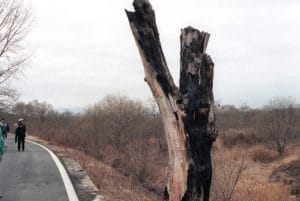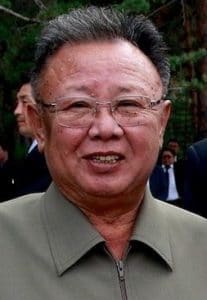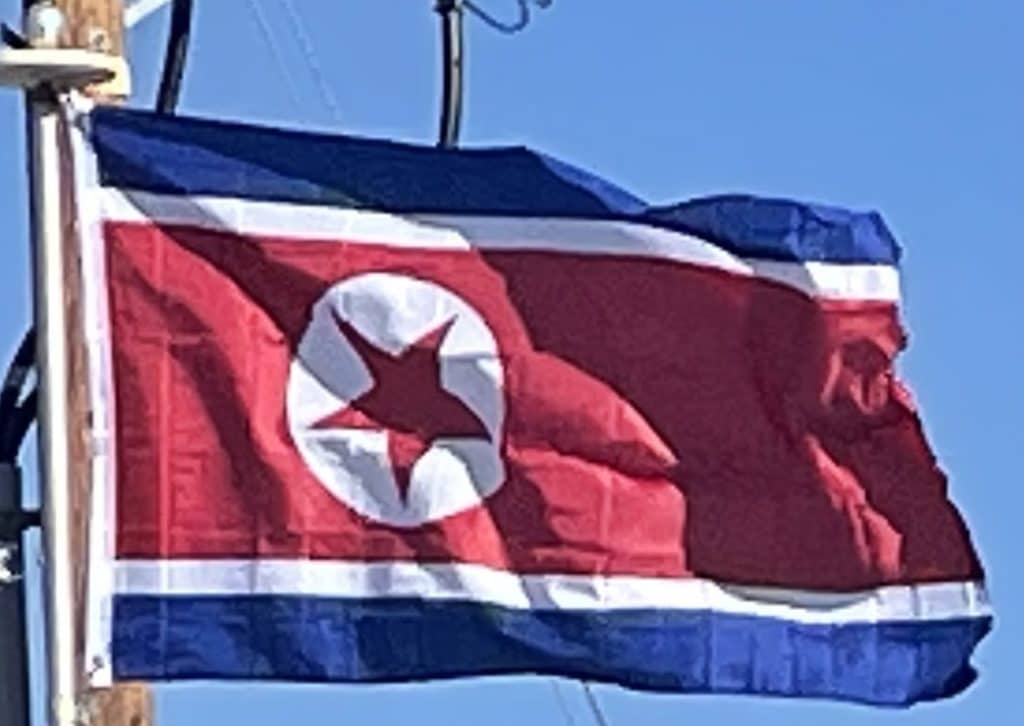
During the 1956 August Faction Incident, Kim Il-sung successfully resisted efforts by the Soviet Union and China to depose him in favor of Soviet Koreans or the pro-Chinese Yan’an faction. The last Chinese troops withdrew from the country in October 1958, which is the consensus as the latest date when North Korea became effectively independent. Some scholars believe that the 1956 August incident demonstrated independence. North Korea remained closely aligned with China and the Soviet Union, and the Sino-Soviet split allowed Kim to play the powers off each other. North Korea sought to become a leader of the Non-Aligned Movement, and emphasized the ideology of Juche to distinguish it from both the Soviet Union and China. In United States policymaking, North Korea was considered among the Captive Nations.
Recovery from the war was quick; by 1957, industrial production reached 1949 levels. In 1959, relations with Japan had improved somewhat, and North Korea began allowing the repatriation of Japanese citizens in the country. The same year, North Korea revalued the North Korean won, which held greater value than its South Korean counterpart. Until the 1960s, economic growth was higher than in South Korea, and North Korean GDP per capita was equal to that of its southern neighbor as late as 1976. However, by the 1980s, the economy had begun to stagnate; it started its long decline in 1987 and almost completely collapsed after the dissolution of the Soviet Union in 1991, when all Soviet aid was suddenly halted.
Post Cold War:
In 1992, as Kim Il-sung’s health began deteriorating, Kim Jong-il slowly began taking over various state tasks. Kim Il-sung died of a heart attack in 1994, with Kim Jong-il declaring a three-year period of national mourning before officially announcing his position as the new leader afterwards.

North Korea promised to halt its development of nuclear weapons under the Agreed Framework, negotiated with U.S. president Bill Clinton and signed in 1994. Building on Nordpolitik, South Korea began to engage with the North as part of its Sunshine Policy.
Kim Jong-il instituted a policy called Songun, or “military first”. There is much speculation about this policy being used as a strategy to strengthen the military while discouraging coup attempts.
Flooding in the mid-1990s exacerbated the economic crisis, severely damaging crops and infrastructure and led to widespread famine which the government proved incapable of curtailing, resulting in the deaths of between 240,000 and 420,000 people. In 1996, the government accepted UN food aid.
21st Century:
The international environment changed with the election of U.S. president George W. Bush in 2001. His administration rejected South Korea’s Sunshine Policy and the Agreed Framework. The U.S. government treated North Korea as a rogue state, while North Korea redoubled its efforts to acquire nuclear weapons to avoid the fate of Iraq. On 9 October 2006, North Korea announced it had conducted its first nuclear weapons test.
U.S. President Barack Obama adopted a policy of “strategic patience”, resisting making deals with North Korea. Tensions with South Korea and the United States increased in 2010 with the sinking of the South Korean warship Cheonan and North Korea’s shelling of Yeonpyeong Island.
